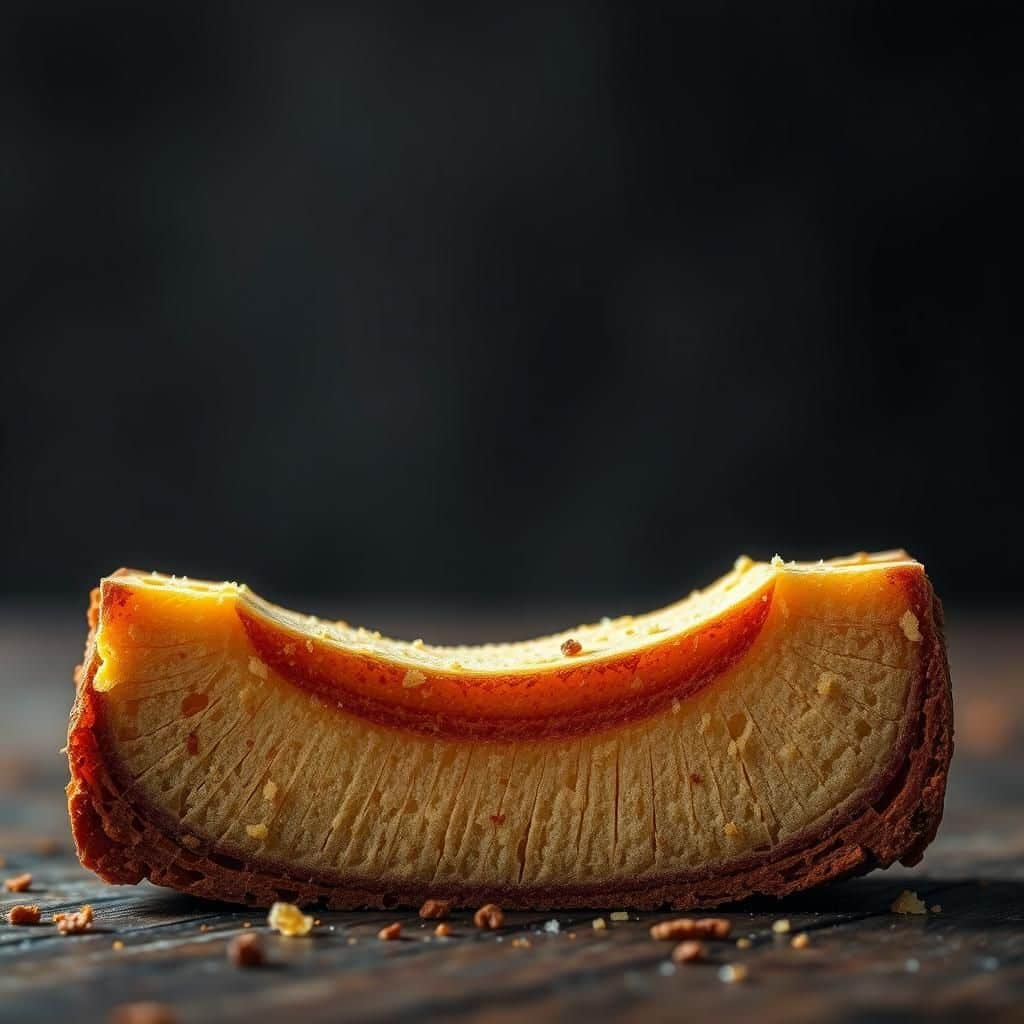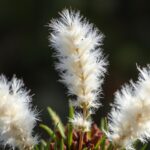What Does a Stub Cut Look Like? A Complete Guide with Examples

When discussing woodworking and construction, the term “stub cut” often arises, particularly in relation to joinery and framing techniques. A stub cut refers to a specific kind of joint or cut that leaves a short, protruding section of material, allowing for unique structural advantages. This complete guide will explore the characteristics of stub cuts, offering detailed examples and visual illustrations for clarity. Understanding what a stub cut looks like is essential for both DIY enthusiasts and professional carpenters alike, as it plays a crucial role in achieving precise fits and enhancing the overall aesthetic of a project.
What Does a Stub Cut Look Like?
A stub cut is characterized by its short and blunt appearance, commonly utilized in both gardening and forestry practices. It involves cutting back branches or stems to a short length, usually leaving a small protruding section. The remaining segment, or stub, can vary in length depending on the specific requirements of the plant and the purpose of the cut. These cuts are designed to encourage new growth, manage the overall shape of the plant, or even remove dead or diseased wood. Proper technique is important to prevent damage to the plant and promote healthy regeneration.
Characteristics of a Stub Cut
A stub cut typically features a flat edge created by making a precise cut at a specific angle. This method results in a section of the stem that remains attached to the main plant, which is known as a stub. It ensures that the cut area can heal properly while minimizing the risk of infection and disease. The length of the stub can range from a few inches to several centimeters, depending on the species and health of the plant.
Benefits of Stub Cuts
One of the primary benefits of making a stub cut is that it can directly stimulate new growth by encouraging buds and dormant shoots to activate. This technique is particularly useful for shaping plants and trees, ensuring they maintain a desirable aesthetic form. Additionally, stub cuts can be beneficial in removing old and unproductive branches, allowing more sunlight and air circulation to reach the inner parts of the plant, thereby promoting overall vitality.
Proper Techniques for Making Stub Cuts
To achieve a successful stub cut, it is crucial to use sharp, clean tools to ensure a precise cut. The ideal cutting angle is typically around 45 degrees, which helps to reduce the size of the wound and promotes rapid healing. After making the cut, it’s advisable to apply a protective sealant to the cut surface to further prevent infection and retain moisture. Timing is also an important factor; performing cuts during the plant's dormant season can minimize stress and enhance recovery.
See also:
Common Mistakes to Avoid
Common mistakes while making stub cuts include cutting too close to the main stem, which can expose the plant to disease, and leaving stubs that are excessively long, which may hinder new growth. Another frequent error is using dull tools that can crush the stem rather than creating a clean cut. It's important to be cautious and avoid unnecessary cuts, as over-pruning can lead to shock and a reduction in the plant’s overall health.
Visual Representation of Stub Cuts
To better illustrate what a stub cut looks like, refer to the following table describing its appearance and features:
| Feature | Description |
|---|---|
| Cut Surface | Flat and clean cut without frayed edges |
| Stub Length | Short, typically 1-3 inches long |
| Location | Near the main stem of the plant |
| Healing | Quick recovery with potential for new growth |
| Visual Impact | Maintains aesthetic appeal while encouraging vigor |
Understanding the Characteristics of Stub Cuts
A stub cut is a type of wood cut where a remaining piece of the branch or trunk is left after pruning or cutting. It typically features a stump that does not blend well with the surrounding tree, making it distinguishable from other cuts. A stub cut is usually characterized by a rough edge and a large surface area that can lead to decay and is often not conducive to the tree’s health. To properly identify a stub cut, look for unhealed wounds on the tree that can be susceptible to both disease and pests.
Visual Appearance of Stub Cuts
The visual appearance of a stub cut often shows a disproportionate length compared to the healthy branches, with the cut end typically being ragged. This irregular shape can make the cut look unsightly and may create a stark contrast with the more uniform branches of the tree. It's important to notice that this appearance can affect the overall aesthetic of the landscape as well, often resulting in a less appealing view.
Impact on Tree Health
Stub cuts can significantly impact the health of a tree by creating large, exposed wounds. These wounds allow pathogens to enter, making the tree vulnerable to disease and possibly leading to rot if not managed properly. Furthermore, the lack of proper healing can hinder the tree's ability to transport nutrients, affecting its overall growth and stability.
See also:
Common Mistakes Leading to Stub Cuts
One of the most common mistakes leading to stub cuts is improper pruning techniques. Many individuals fail to make the right cut just beyond the branch collar, which is essential for proper healing. Additionally, cutting at the wrong angle can create a larger wound than necessary, leading to more significant issues later on. Understanding the correct methods for pruning is essential to prevent stub cuts and preserve the tree’s vitality.
Examples of Stub Cuts in Practice
When observing trees in various settings, one might encounter several examples of stub cuts resulting from improper maintenance. For instance, in landscaped areas, trees may exhibit stub cuts that leave large stumps, altering their natural shape and inviting potential pest infestations. Such examples serve as a reminder of the importance of employing best practices when it comes to tree care and maintenance.
Preventing Stub Cuts: Best Practices
Preventing stub cuts starts with utilizing the correct tools and techniques when pruning. It's crucial to make clean cuts that do not leave excessive stubs, and ensuring that the cuts are made at a suitable angle promotes healing and reduces the risk of infection. Moreover, regular maintenance and inspection can help identify problems early, allowing for timely action and preserving the tree's overall health.
Questions from Our Readers
What does a stub cut look like?
A stub cut typically appears as a small, stub-like projection on a piece of material, often resembling a shortened or abrupt end. The surface is usually smooth at the cut, indicating that it has been neatly trimmed, and it may show signs of wear depending on the material's previous use or exposure.
How is a stub cut made?
A stub cut is made by using cutting tools like saws, chisels, or knives to remove a portion of the material, leaving a shorter segment behind. This technique requires precision to achieve a clean finish, ensuring that the resulting stub looks intentional and not ragged or damaged.
See also:
What are the common uses of stub cuts?
Stub cuts are commonly used in woodworking, metalworking, and even in textiles to create specific lengths or shapes. They serve practical purposes, such as providing a handle, reinforcing a structure, or allowing for easier assembly of components in various projects.
Can a stub cut be repaired or modified?
Yes, a stub cut can often be repaired or modified depending on the context and material used. If the stub is too short or not functional, it may be possible to add material through methods such as gluing, welding, or even making a new cut to ensure the piece can meet its intended use.

If you want to read more articles like What Does a Stub Cut Look Like? A Complete Guide with Examples, we recommend you check out our Landscaping category.
Leave a Reply
Related Articles